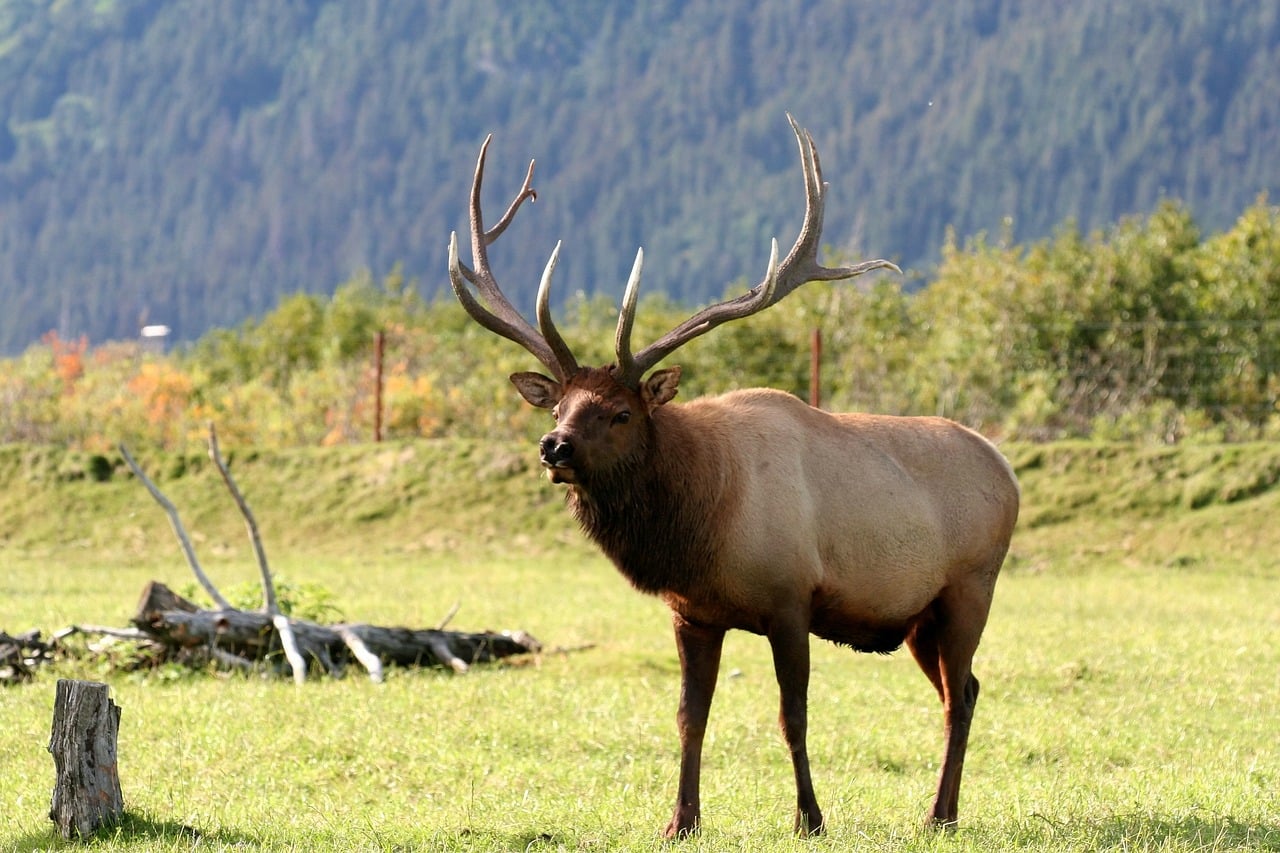 Shutterstock
Shutterstock
Some creatures seem unstoppable, thriving where no other life could survive. From freezing arctic tundras to scorching deserts, these resilient animals have evolved remarkable traits that allow them to conquer the harshest conditions. Their survival stories show how adaptability and innovation are key to overcoming nature’s toughest challenges. These creatures demonstrate the power of evolution, proving that life is more resourceful than we ever imagined. Let’s take a closer look at 15 of the toughest animals on Earth.
Tardigrades
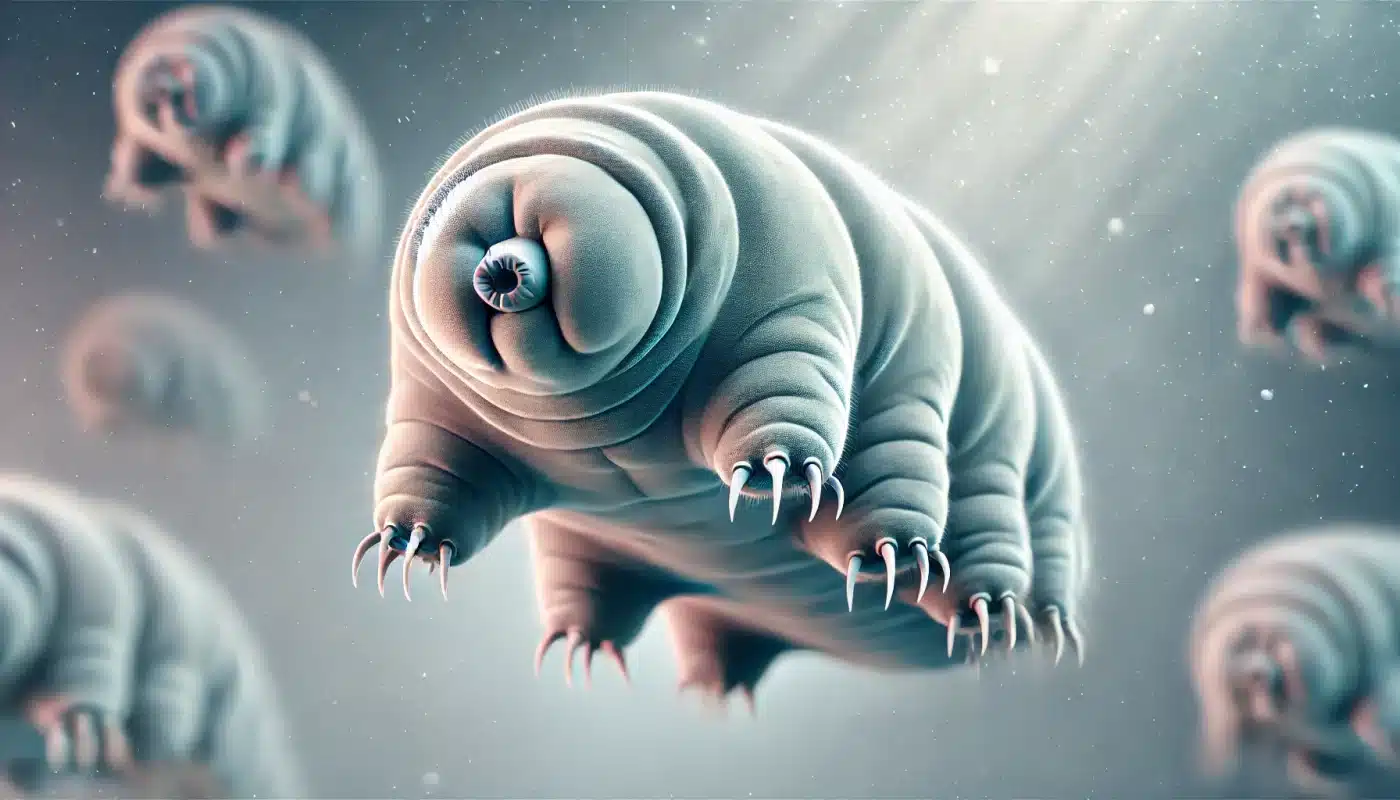

Tardigrades, or “water bears,” are microscopic survivors capable of enduring the most extreme conditions. These tiny creatures can withstand cold, boiling heat, and even the vacuum of space. When faced with harsh environments, tardigrades enter a state called cryptobiosis, where they dry out and halt all biological functions, effectively putting their lives on pause until conditions improve. Their astonishing ability to survive in such extreme conditions makes them one of Earth’s most resilient organisms.
Snow Leopards
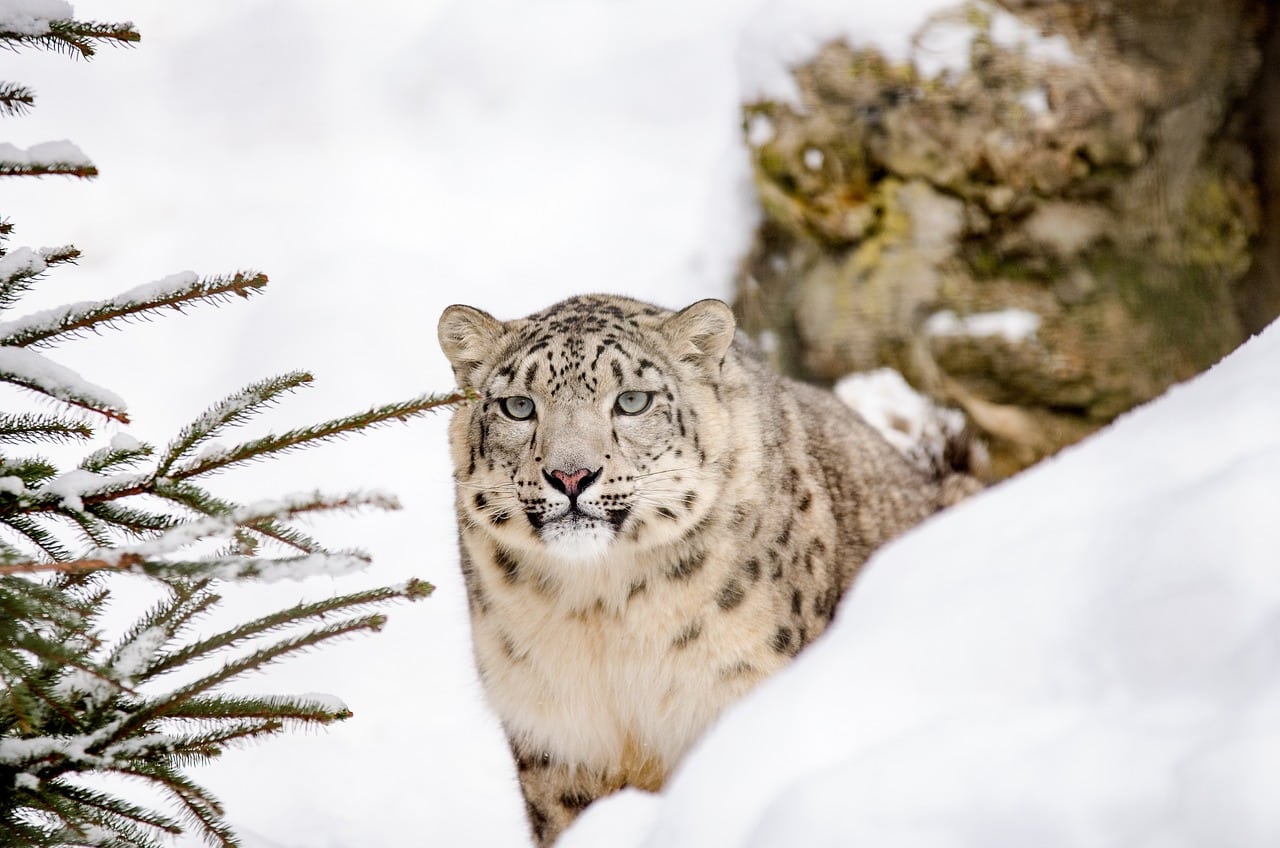

Snow leopards are built for life in freezing, mountainous regions. Their thick, luxurious fur protects them from subzero temperatures, and their large, powerful paws help them travel across rugged, snow-covered terrain with ease. These elusive big cats are also incredibly skilled hunters, using stealth and agility to stalk their prey in challenging environments. The snow leopard’s survival in such a cold, unforgiving landscape is a testament to its remarkable physical and behavioral adaptations.
Camels
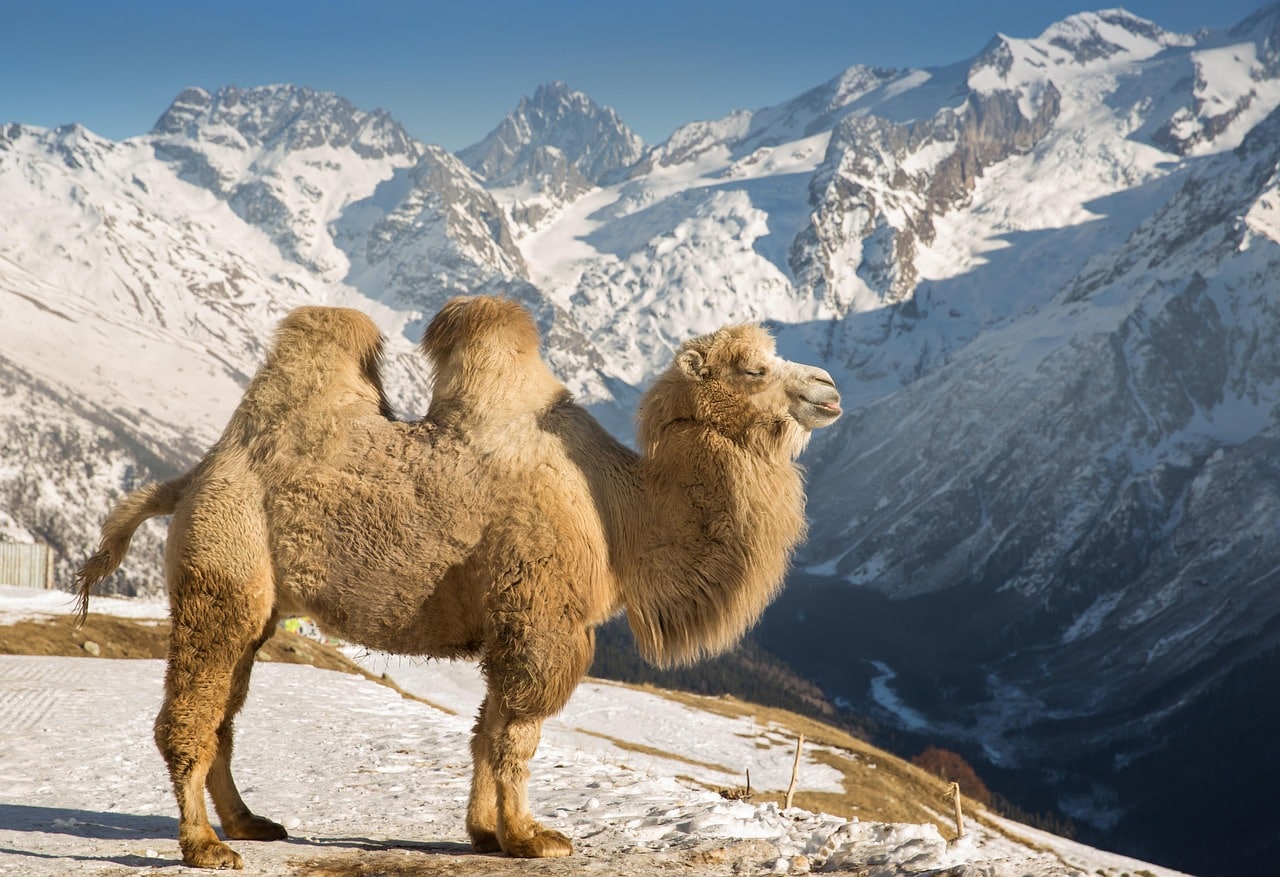

Camels are desert-dwelling champions, known for their ability to withstand extreme heat and prolonged dehydration. Their distinctive humps store fat, which the camel can convert to water and energy when supplies are low. With wide, padded feet to keep them from sinking into the sand, camels can trek across vast desert landscapes for days without water. Their unique physiological adaptations make them one of nature’s greatest survivors in arid, hot conditions.
Polar Bears
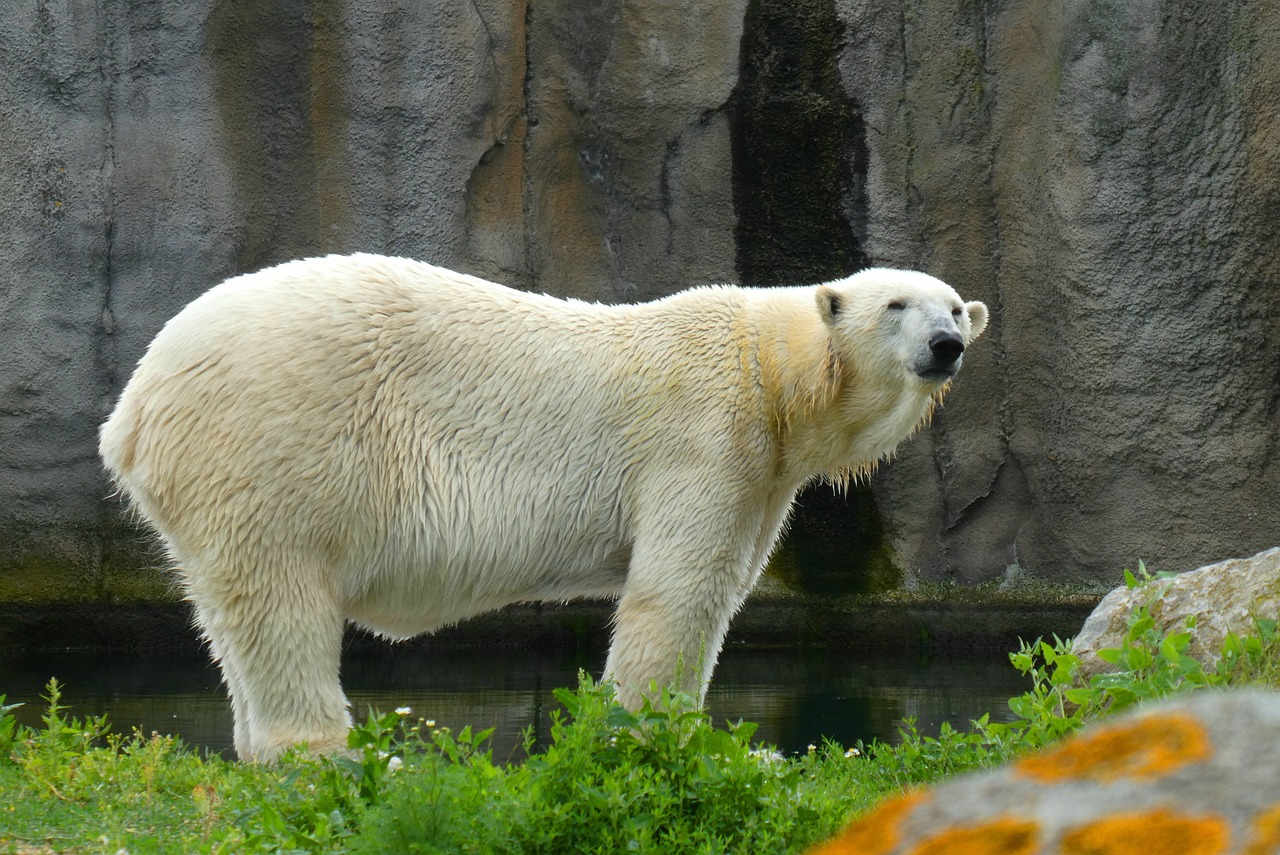

Polar bears reign supreme in the Arctic, where they thrive in temperatures that plunge to as low as -50°F. Their thick, insulating fur and a layer of fat keep them warm while swimming through freezing waters. As powerful swimmers, polar bears travel vast distances in search of food, mostly relying on seals. Despite the rapid loss of ice in their habitat due to climate change, polar bears continue to endure the harshest of environments, showcasing nature’s ability to adapt.
Yaks
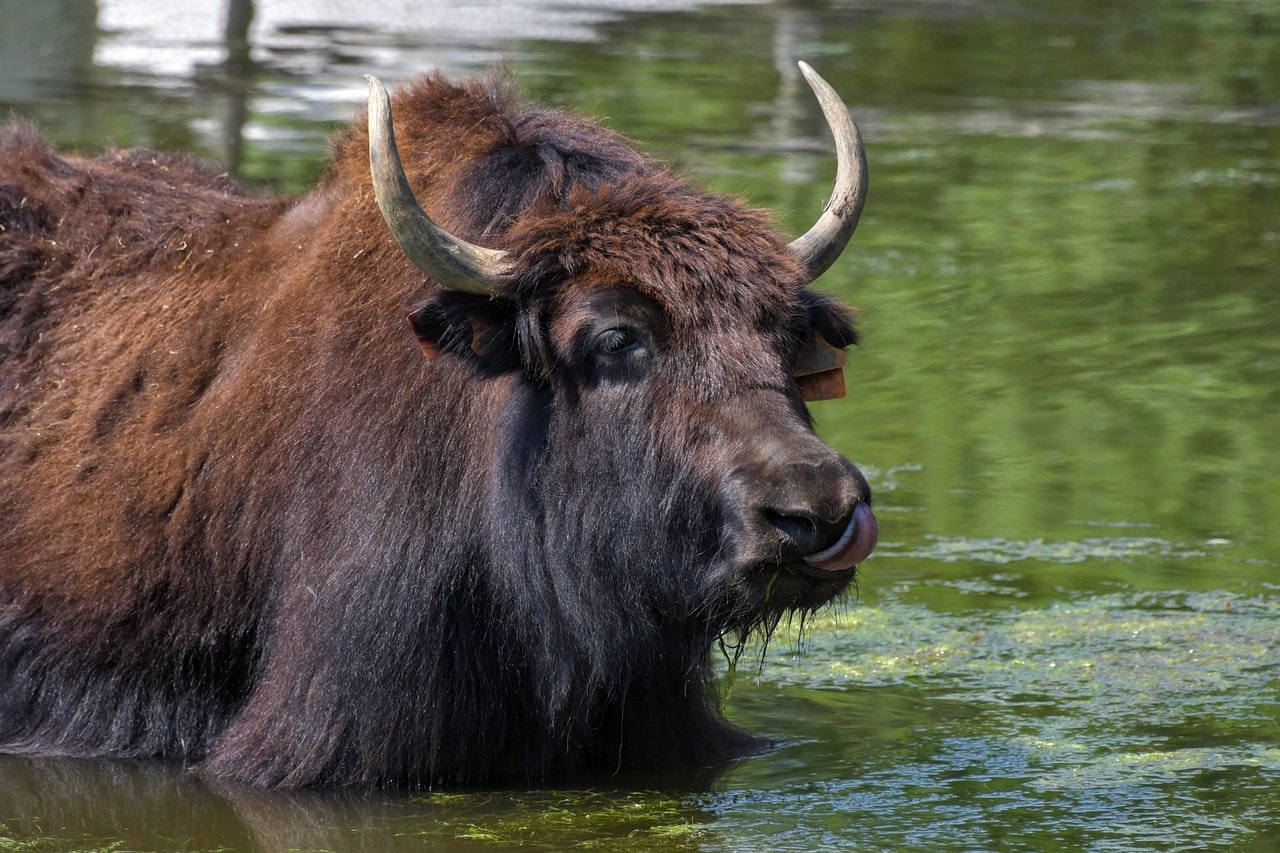

Yaks are well-suited to survive in the high-altitude, freezing conditions of the Himalayas. Their thick fur coat and large lungs help them withstand extreme cold and thin air. Yaks are also expert grazers, able to survive in barren regions with little food. These animals provide essential resources to the people living in mountainous regions, making them not only resilient but also vital to local cultures.
Mountain Goats
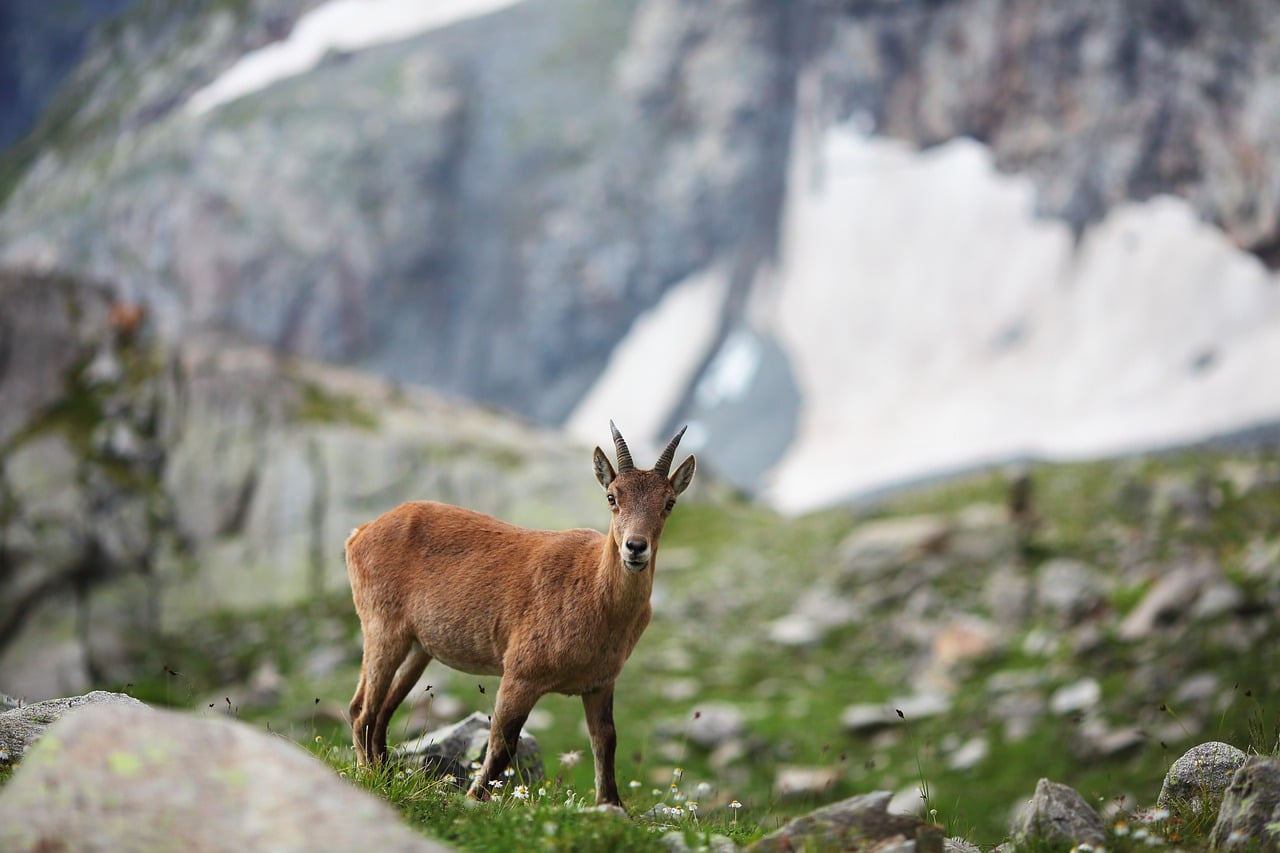

Mountain goats are the masters of rocky terrain, effortlessly scaling cliffs in search of food. Their muscular legs and hooves are perfectly adapted for navigating rugged landscapes, while their thick fur coats protect against freezing temperatures. Mountain goats are among the most agile animals on Earth, thriving in high, remote locations where few other creatures can survive.
Reindeer
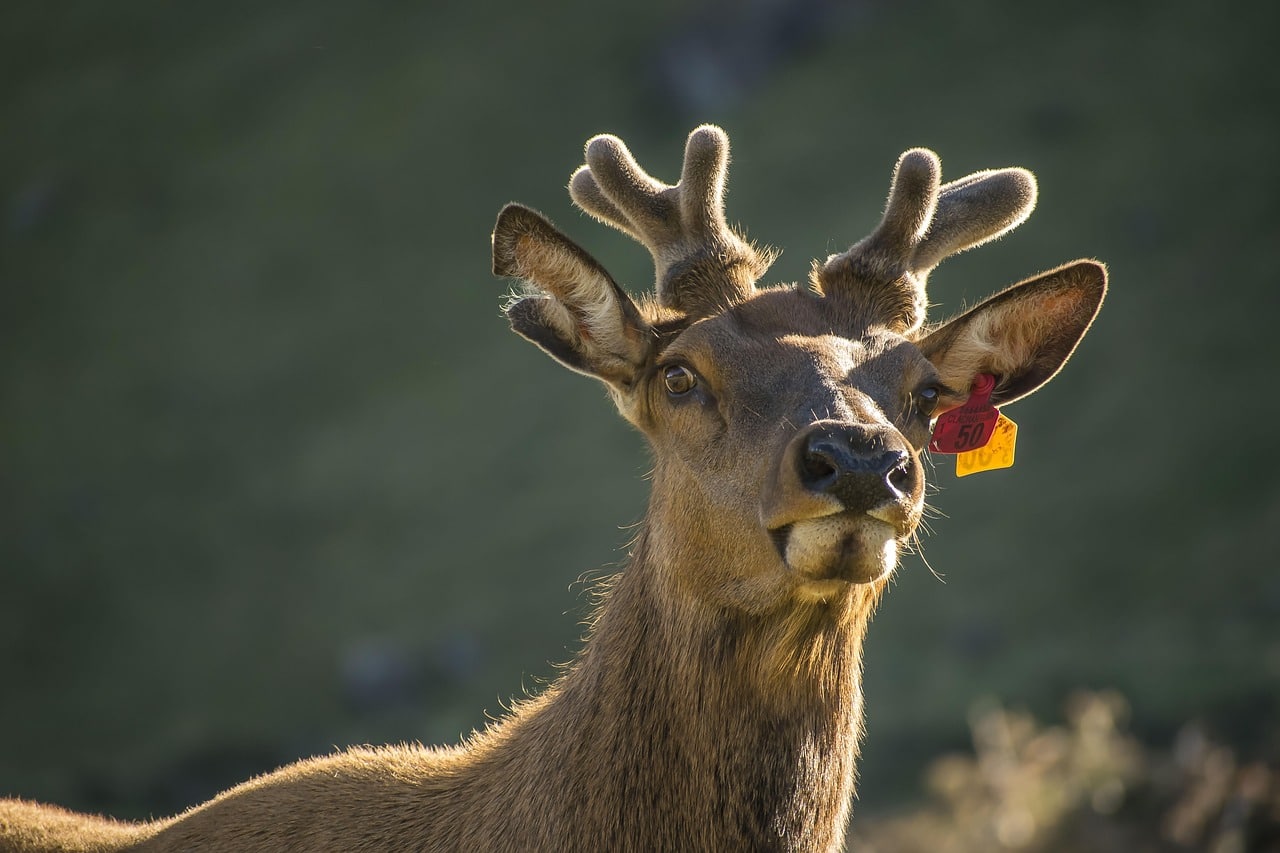

Reindeer are Arctic survivors, built to endure cold temperatures and challenging terrain. Their thick fur, including a dense undercoat, protects them from freezing conditions, while their hooves are adapted to move across snow and ice. Reindeer are also excellent swimmers, migrating vast distances in search of food. Their ability to survive the extreme Arctic environment makes them indispensable to indigenous cultures who rely on them for food, clothing, and transportation.
Emperor Penguins
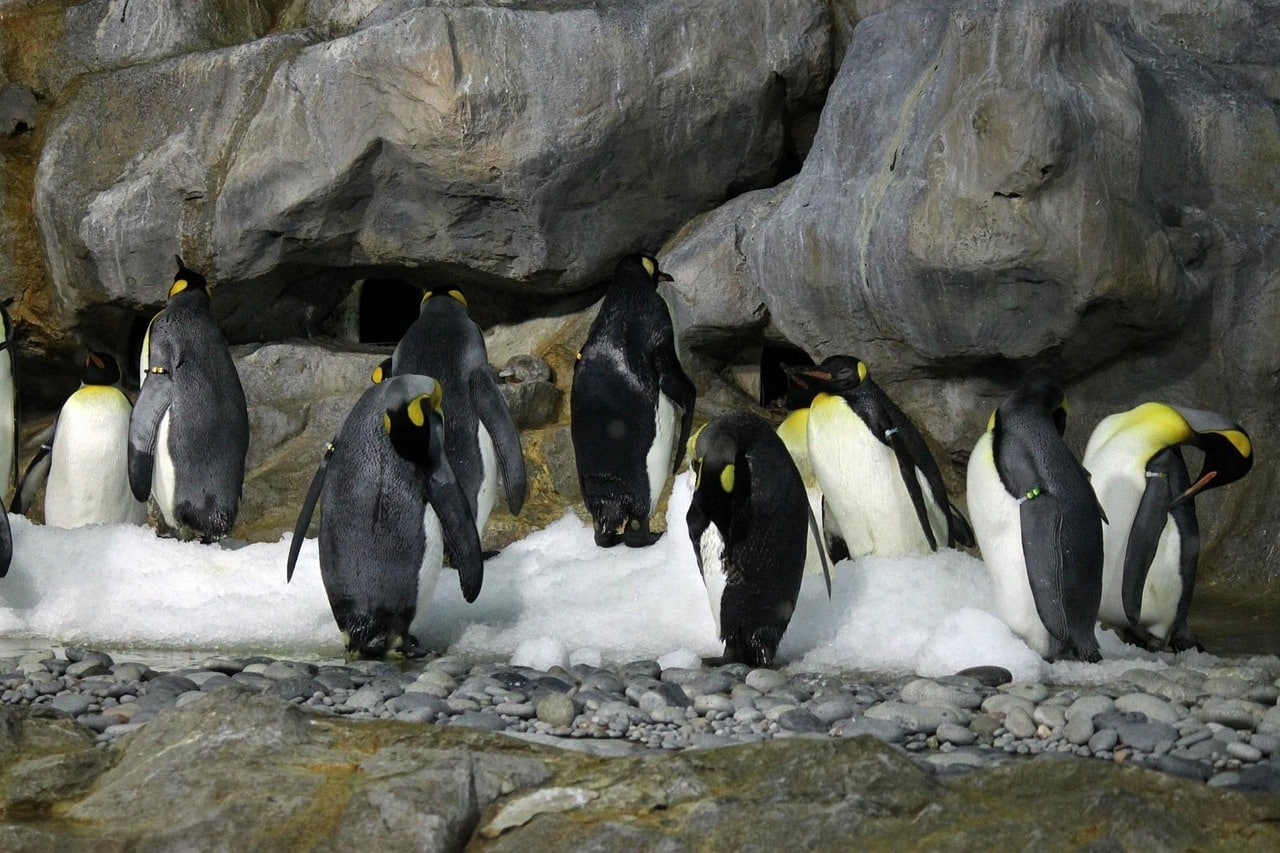

Emperor penguins are the largest and hardiest of all penguin species. They endure the bitter cold of Antarctica’s winters, where temperatures can drop to -60°F. These birds huddle together for warmth and can survive extended periods without food by relying on their fat stores. Their ability to withstand the harshest cold on the planet is a testament to the resilience and determination of these incredible creatures.
Arctic Foxes
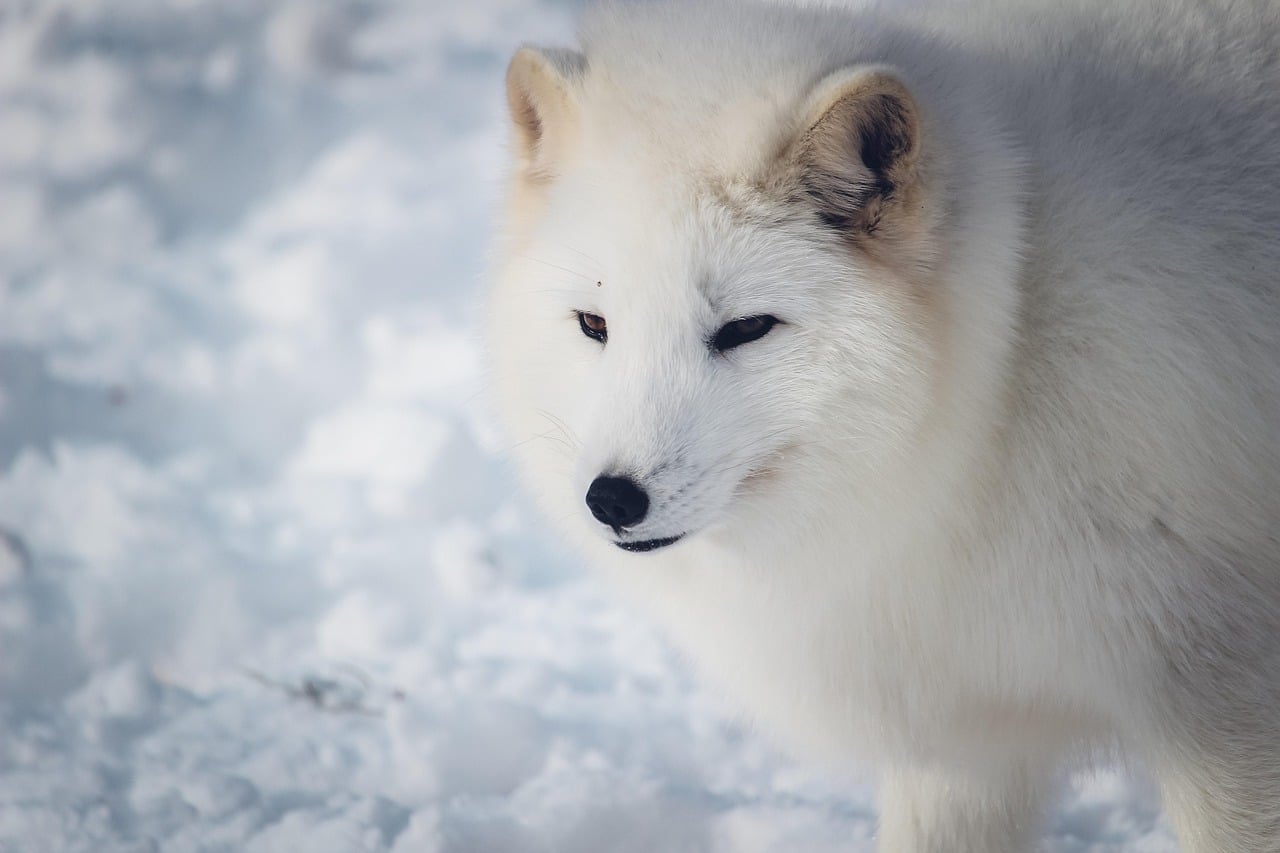

Arctic foxes are perfectly adapted to life in one of the coldest places on Earth. Their thick fur coat changes with the seasons, providing camouflage and insulation. Their small size and round ears minimize heat loss, while their bushy tails serve as blankets to protect them from the cold. These clever creatures are also skilled hunters, thriving in a frozen landscape where food is scarce.
Saltwater Crocodiles
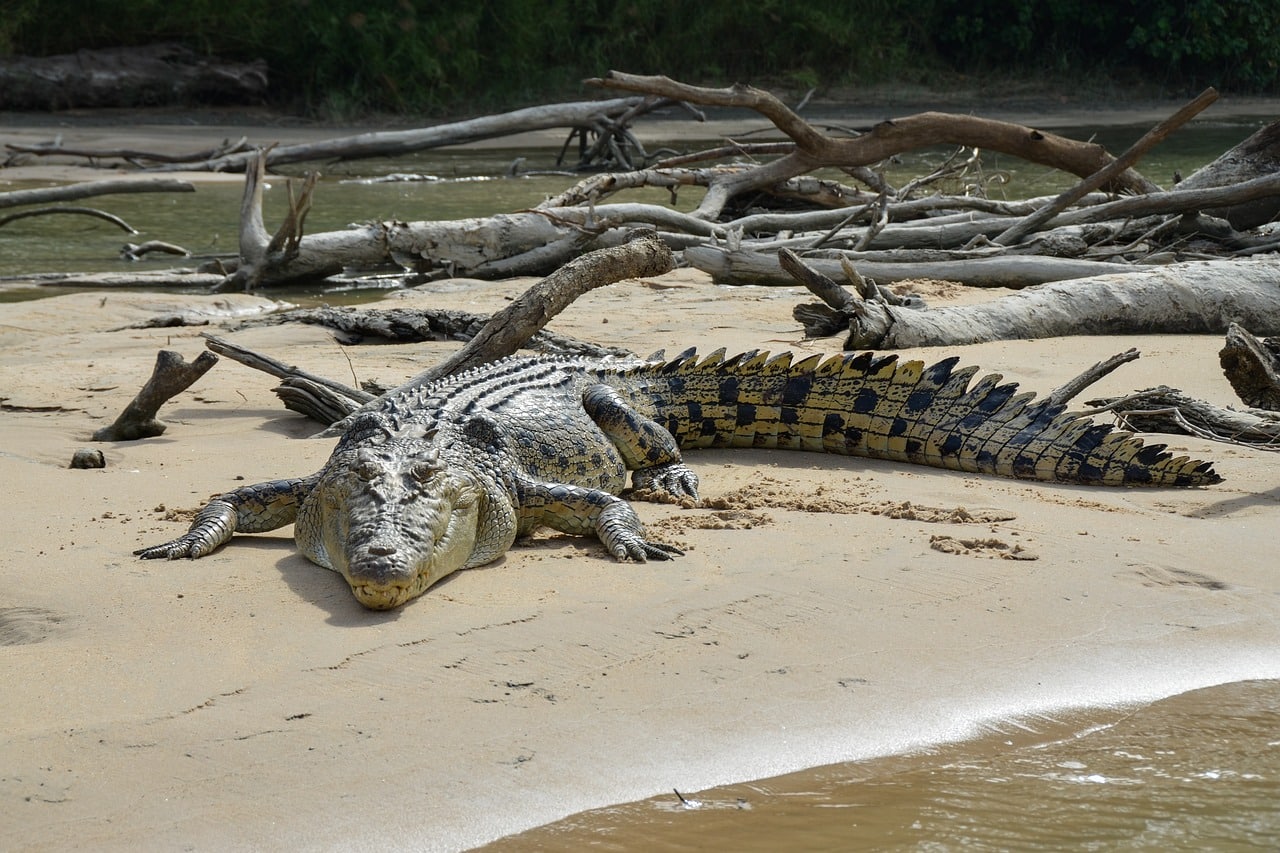

Saltwater crocodiles are the ultimate survivors, capable of thriving in both saltwater and freshwater environments. Their thick, armored skin shields them from threats, and their powerful jaws allow them to capture prey. Saltwater crocodiles are strong swimmers, often traveling vast distances across oceans, and are known to endure and dominate in some of the harshest habitats on Earth.
Himalayan Tahr
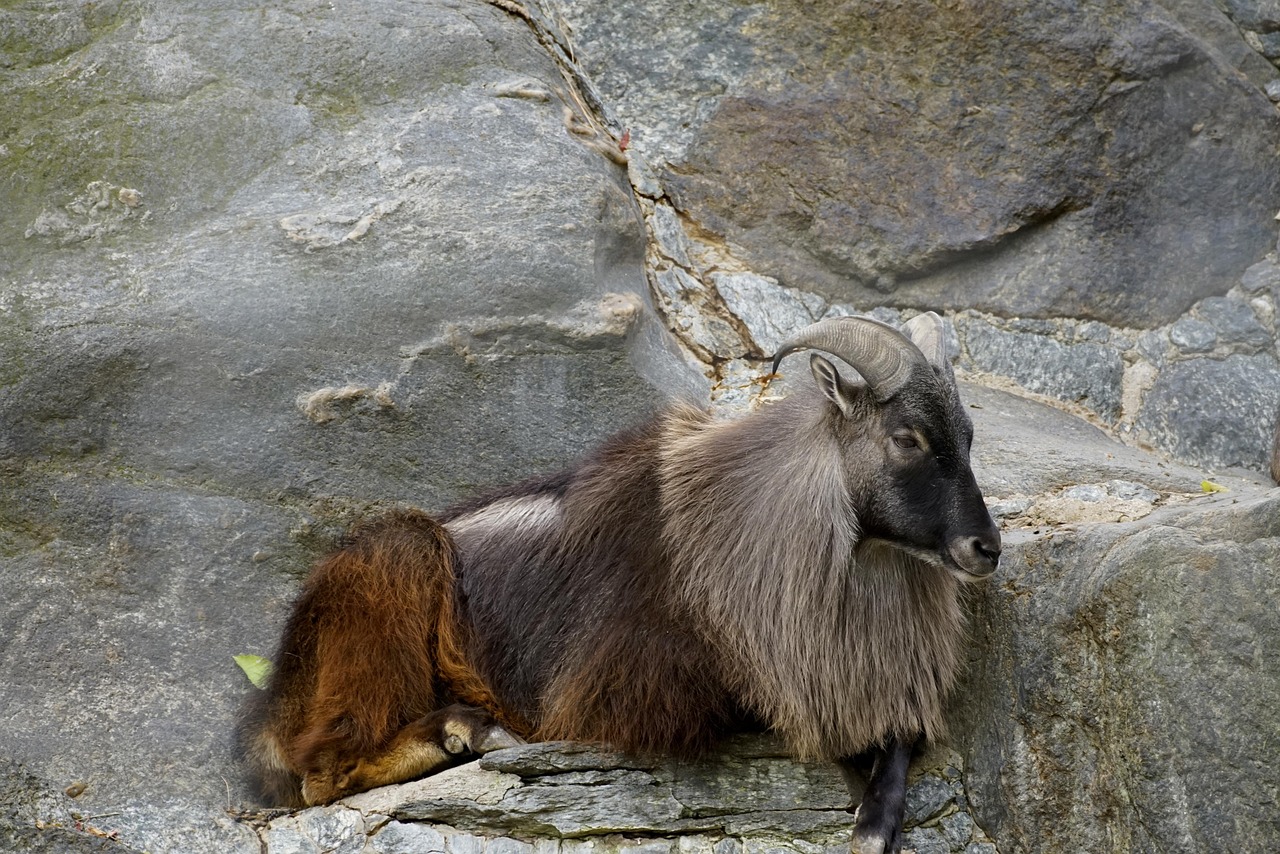

The Himalayan tahr is a wild goat that thrives in rugged mountain environments. Its thick coat keeps it warm in freezing temperatures, while its strong hooves help it navigate the rocky cliffs of the Himalayas. The tahr’s ability to scale steep, inhospitable terrain in search of sparse vegetation highlights its incredible resilience and adaptability.
Sea Turtles
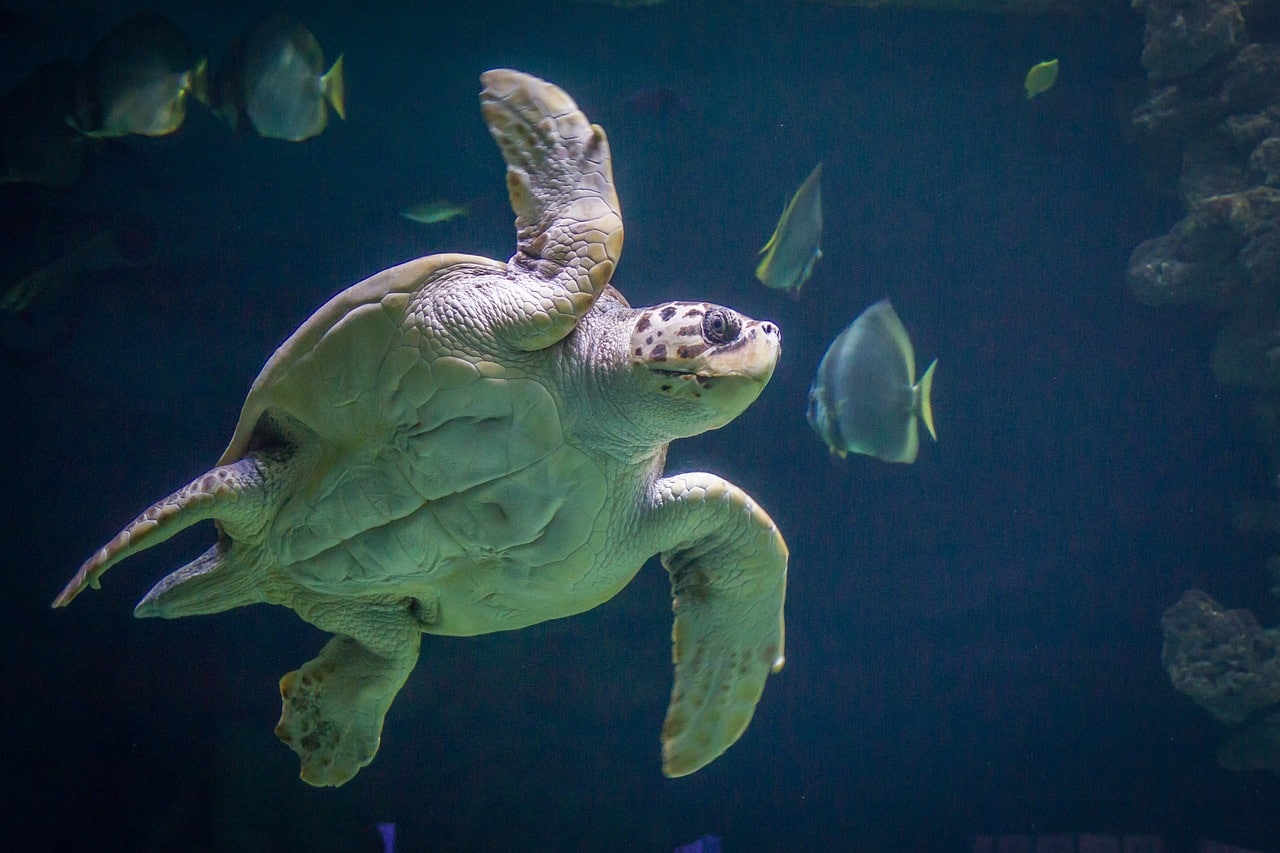

Sea turtles are long-distance travelers, enduring a variety of oceanic conditions. Their hard, protective shells shield them from predators, and they are capable of diving to extreme depths to search for food. Sea turtles can migrate thousands of miles, braving fluctuating ocean temperatures and various environmental hazards along the way. Their ability to survive harsh conditions demonstrates their impressive resilience and adaptability.
Great White Sharks
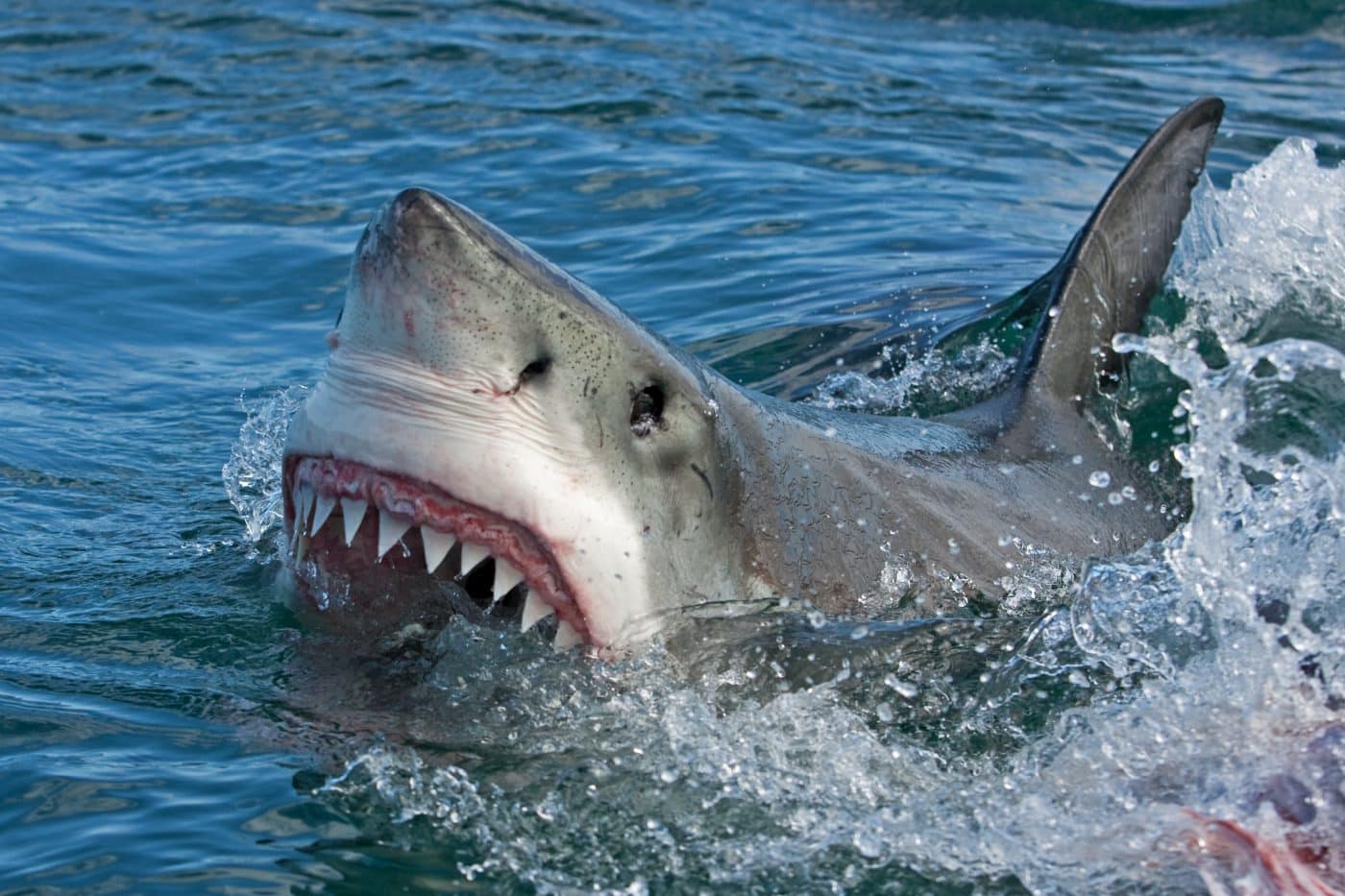

Great white sharks are the apex predators of the ocean, thriving in both warm and cold waters. They can regulate their body temperature, allowing them to remain active in frigid environments. Great white sharks are powerful hunters, using their speed and sharp teeth to capture prey. Their resilience in varying ocean conditions showcases their adaptability and strength as top predators.
Red Kangaroos
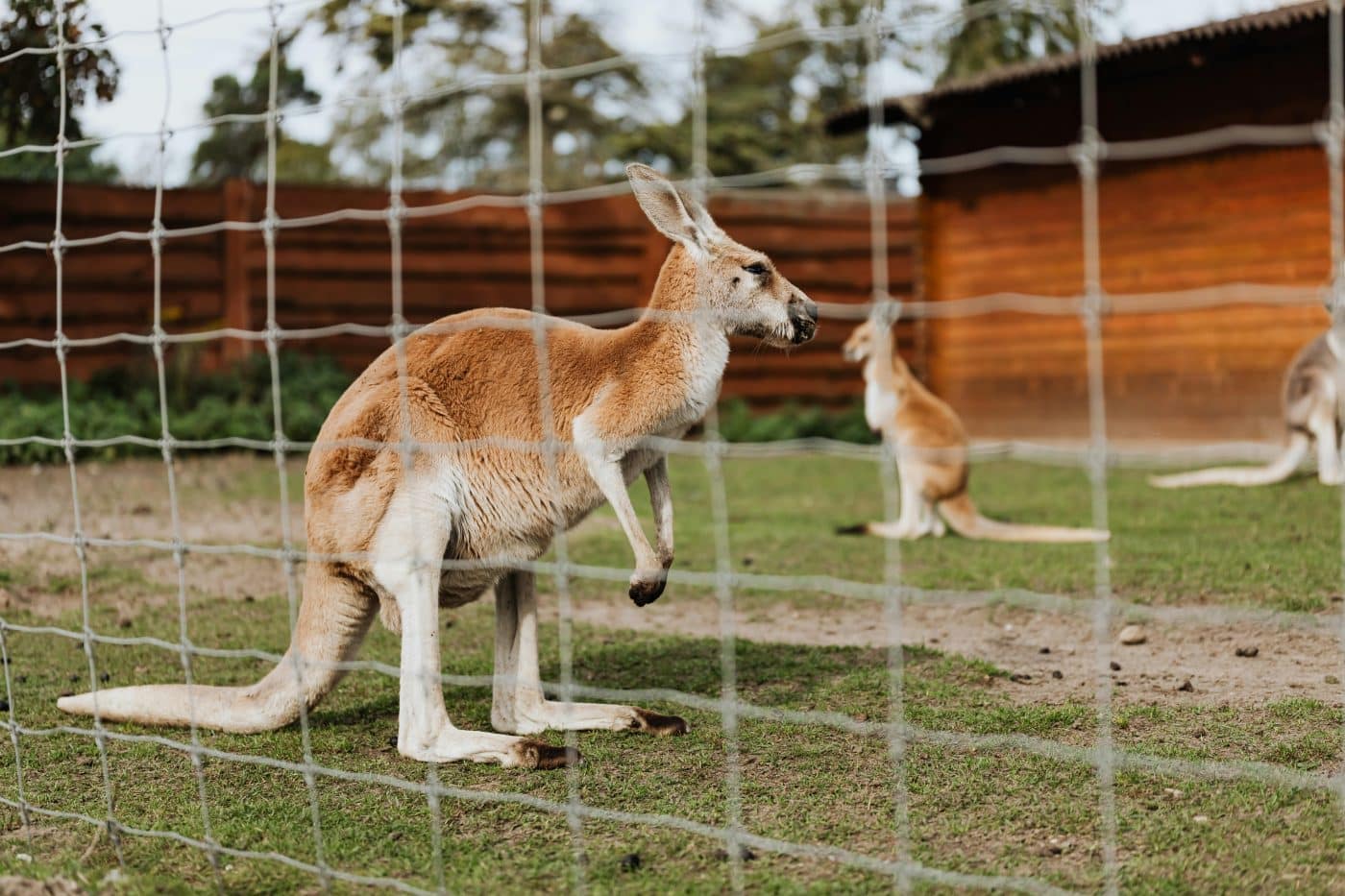

Red kangaroos are built to endure the extreme heat of the Australian outback. Their powerful legs allow them to cover vast distances in search of food and water, while their thick fur provides insulation against the harsh desert climate. Red kangaroos can also regulate their body temperature, helping them survive scorching temperatures that would overwhelm other species.
Pallas’s Cats
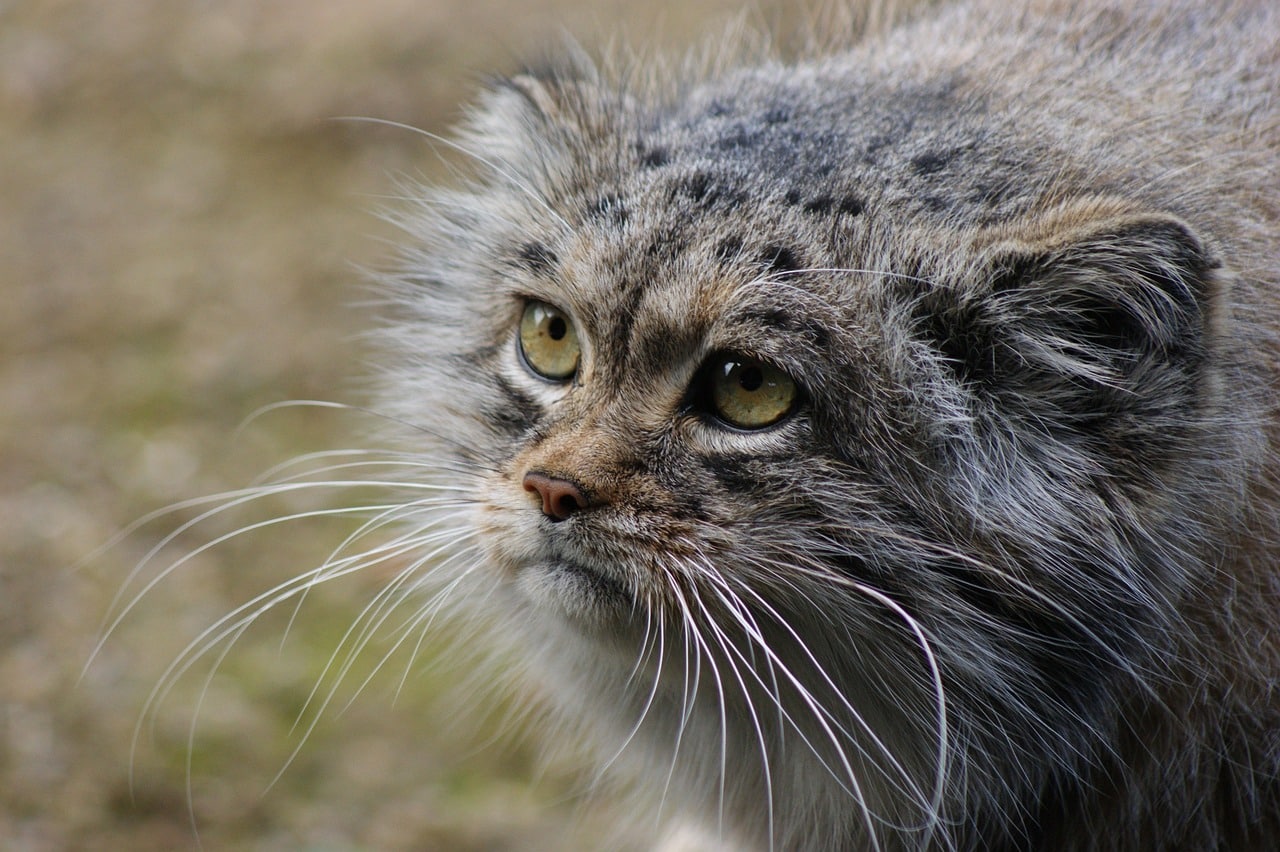

Pallas’s cats, native to Central Asia, have a thick coat of fur that keeps them warm in cold, arid environments. Their round faces and short legs conserve heat, while their solitary nature allows them to thrive in sparse, unforgiving habitats. These expert hunters are adapted to survive in extreme conditions, where few other animals can endure the fluctuating temperatures and lack of resources.
Masters Of Survival
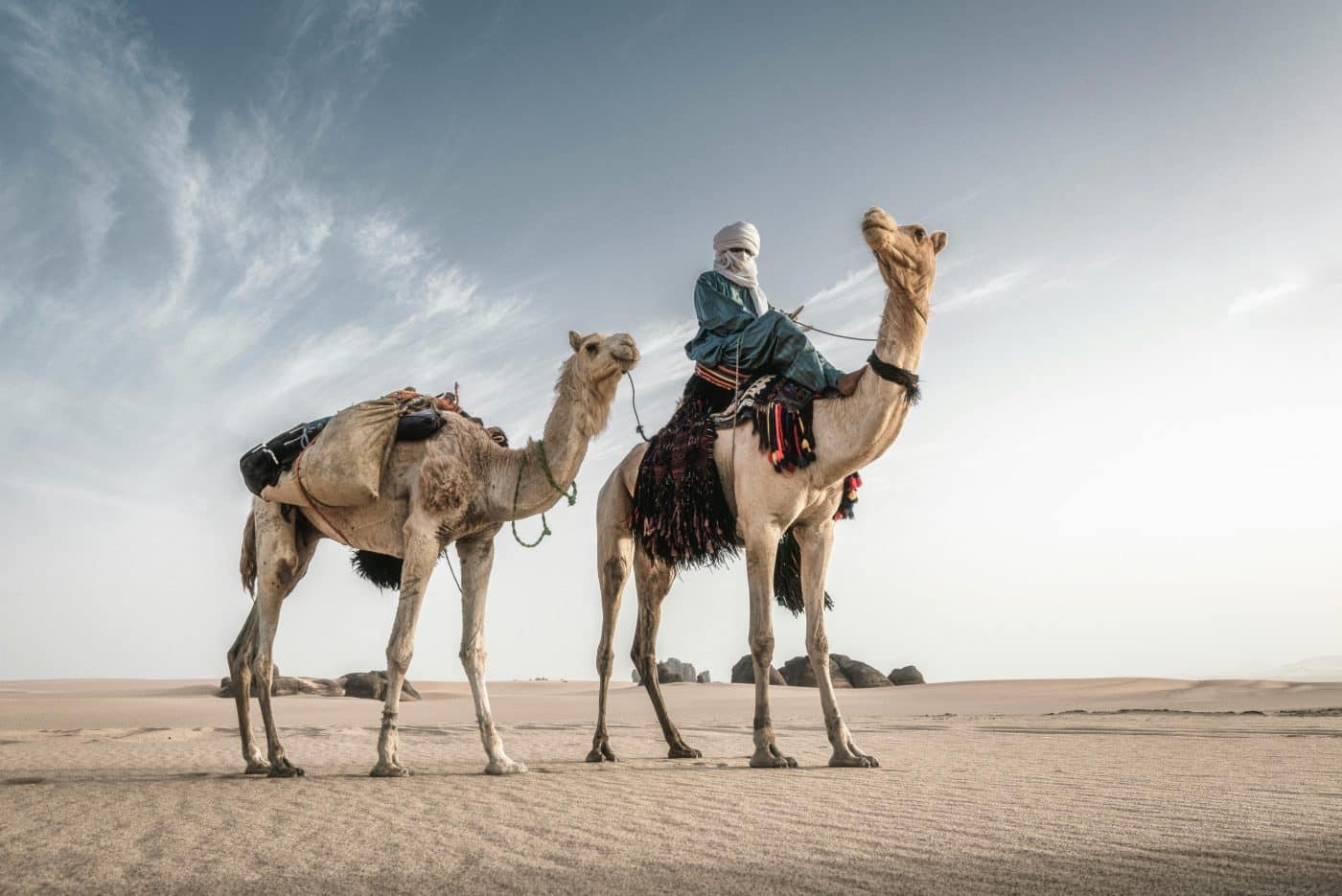

These incredible animals demonstrate the unmatched adaptability of nature, surviving in environments that would overwhelm most species. Their ability to thrive in some of the harshest conditions on Earth proves the resilience of life. By overcoming extreme temperatures, scarce resources, and other challenges, they teach us valuable lessons about strength and perseverance. If these creatures can survive such adversity, we can certainly learn from their resilience. Nature’s survivalists inspire us to face challenges head-on, showing that with the right traits, thriving in the most difficult circumstances is possible.




